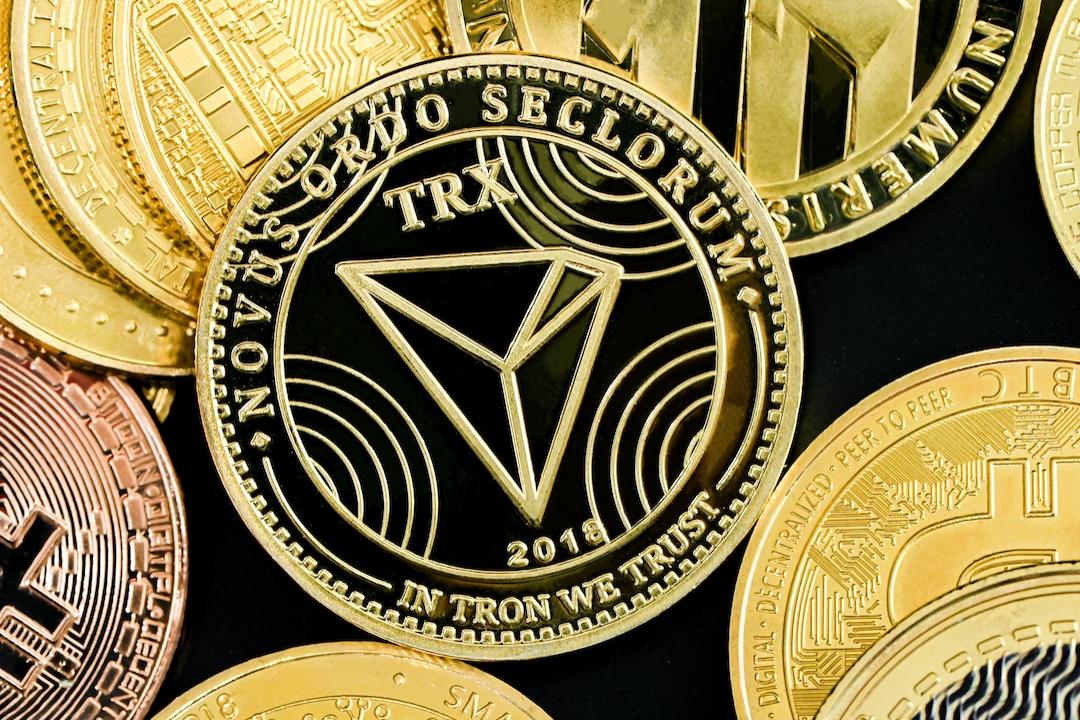Disclaimer: The opinions and viewpoints expressed in this article are the author’s own and do not necessarily reflect the stance of the editorial team at crypto.news.
In a surprising turn of events last November, DEX aggregator KyberSwap fell victim to a hack amounting to $47 million. This incident not only impacted the protocol’s stability but also resulted in the loss of funds belonging to its liquidity providers. The hacker behind this breach made an unusual demand – the stolen funds would only be returned if the entire executive team resigned and appointed him as the CEO. Predictably, this demand was refused, leading the hacker to transfer the stolen funds to Ethereum using the Synapse protocol.
Following the hack, KyberSwap faced significant challenges and was compelled to reduce its workforce by half as its total locked value plummeted by 68 percent. Despite the unfortunate nature of defi hacks, there is a silver lining to be found.
One area of progress is the decline in the value lost due to defi hacks, which saw a 64 percent reduction in 2023, with the median loss per hack decreasing by 7.5 percent, as per data from Chainalysis. This positive trend underscores the advancements in security within the defi space. Bridges, which facilitate cross-chain interoperability among blockchain protocols, have played a crucial role in expanding the capabilities of defi by connecting previously isolated pools of liquidity and enabling the seamless flow of assets.
Moreover, bridges have spurred innovation by empowering developers to explore novel ways of leveraging cross-chain functionalities. This has led to the creation of innovative financial products, enhanced scalability, improved privacy features, streamlined collaboration, and more effective risk management practices.
Despite the progress in security and the rise of bridge-enabled defi innovations, blockchain interoperability remains limited. While bridges serve as vital connections between different blockchain networks, achieving universal interoperability would necessitate a complex network of multiple protocols linking all blockchains together. This poses its own security challenges, particularly since hackers are continuously searching for vulnerabilities in protocols or smart contracts to exploit.
The inherent security risks, especially on unregulated bridges, cannot be entirely eradicated due to their interaction with external systems, making them vulnerable to hacking or manipulation. Users transferring assets across disparate blockchain networks via a trusted or trustless bridge must carefully consider the security implications.
Trusted bridges like Binance Bridge offer simplicity and compliance but are centralized through a third-party entity, whereas trustless bridges prioritize decentralization, security, and permissionless access, albeit with a clear smart contract attack vector. Both types of bridges have been exploited, and the lack of KYC and AML protocols on most bridges poses risks for users.
Choosing between trustless and trusted bridges depends on specific use cases, requirements, and trade-offs that developers or users are willing to make. While trustless bridges provide greater control and security, trusted bridges offer simplicity and speed. Security considerations are paramount when bridging assets, as compliance plays a crucial role in mitigating risks and protecting user assets from malicious activities.
In light of the KyberSwap hack, implementing a compliance layer could have prevented the hacker from funneling stolen assets into an Ethereum wallet. Incorporating risk-mitigation platforms with compliance modules is essential for rejecting illicit transactions and safeguarding the integrity of defi protocols.
Compliance is becoming increasingly crucial as regulatory bodies consider more stringent laws, especially with traditional financial institutions exploring defi services. Adding compliance layers to decentralized protocols is not about censorship but rather about protecting user assets from criminal activities. As the crypto industry aims for wider adoption, compliance mechanisms are essential for mitigating risks and ensuring the progress of defi.
While bridges do not achieve universal interoperability across blockchain networks, adherence to compliance standards can reduce risks for users and developers, safeguarding the advancements made in defi. Developers should prioritize compliance standards when engaging in cross-chain transactions to enhance security and protect assets in the evolving landscape of defi.

